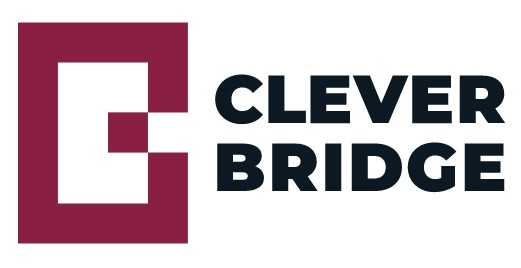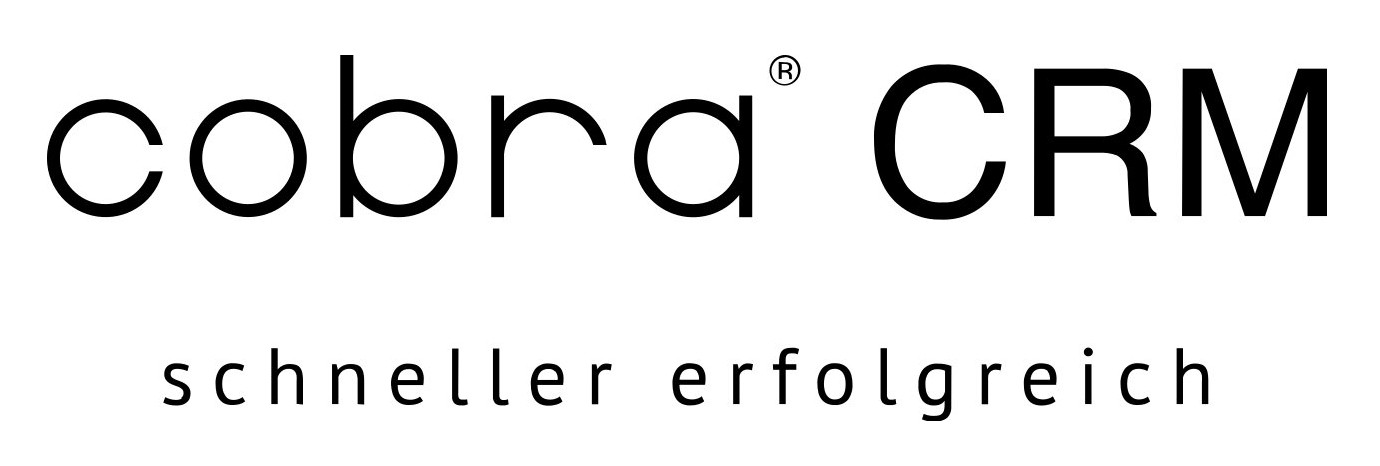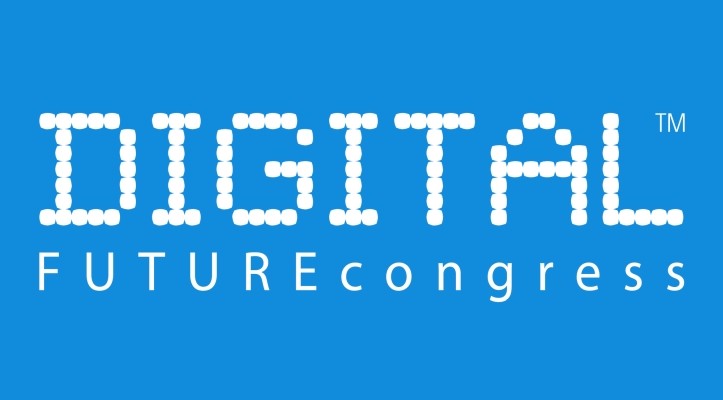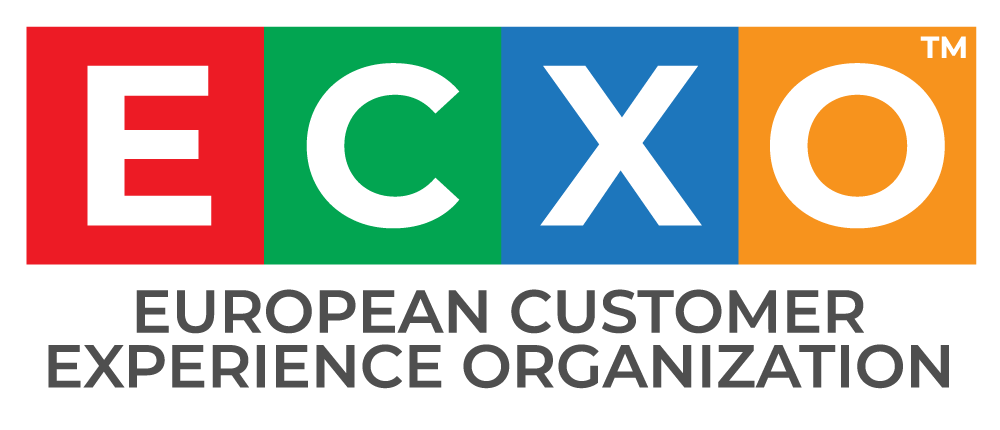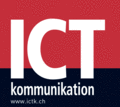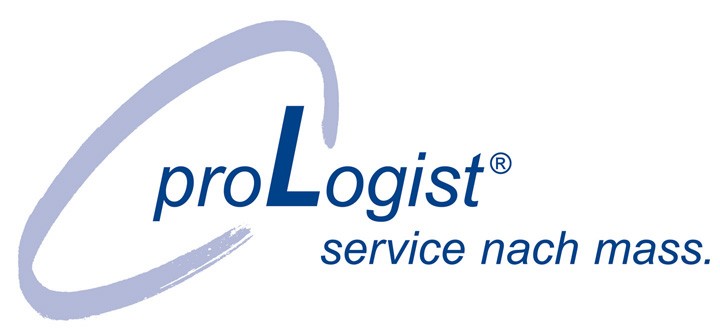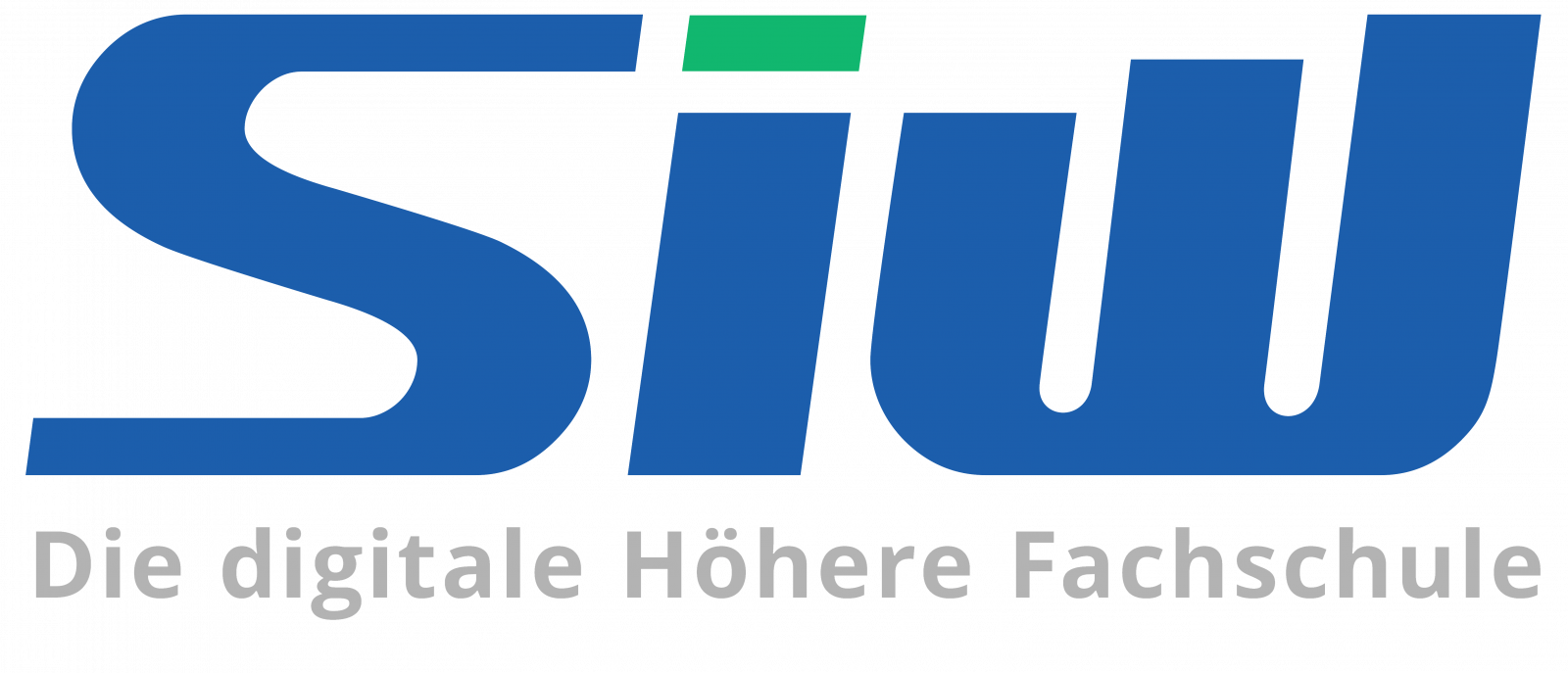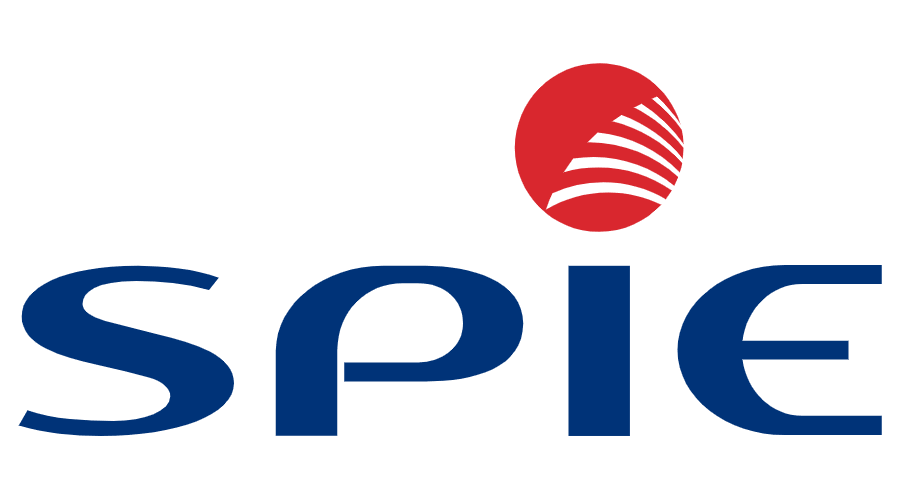Fintech: What does it take to succeed?
16.03.2017
Fintech is booming. It reminds us of the initial dotcom boom and the new economy. But what elements are essential for a fintech solution to really establish itself on the market?
Dr. Tom Sprenger | Chief Technology Officer, AdNovum.
Martin Nokes | Head of Business Development, AdNovum.
There is a wide variety of fintech products to suit all kinds of business cases. And it is hardly possible to predict the success of any single product. Still, we can identify success factors and the conditions that favor positive results. Mobile payment may serve as an illuminating case study.
The initial situation: There are currently only a few companies providing cashless payment services – be it at the cash register or in an online shop. Innovative companies that are not yet prominent in this space now want to take a slice of this lucrative business.
At first glance, the challenge in mobile payments appears to be simply enabling customers and retailers to make and receive payments via smartphone. In reality, the task itself is significantly more complex – especially on the customer side. Cash, debit cards, credit cards – customers already have a number of payment options. Why would they want to switch to a smartphone solution? The decision is easier for the merchant. The current cost of cashless payments and the time it takes handling them at the point of sales are considerable pain points. Handling cash also costs the merchants money – it has to be transported and stored. As a third party in this equation, the provider of any mobile payment solution will also want to make money. Thus, we have a far from trivial system with three very different stakeholders to consider. A mobile payment solution’s chances of success directly depend on how well it reconciles these three groups’ different motivations and interests.
A new solution must provide significant added value to the customer, as well as exceptional user experience. Mobile payment solutions offer a great advantage over traditional credit and debit card payments, because they can be integrated or combined with other value-added services. Examples include community functions, such as person-to-person payment, easy use of matching discount vouchers, or the integration of retailer-specific loyalty cards.
Where the merchant is concerned, they currently have to pay both fixed costs and ongoing transaction costs when using standard payment terminals. The transaction fee is determined by the oligopoly of suppliers and the number of parties involved. The cost drivers include credit and other risks and the operation of legacy infrastructures used to run these processes.
Retailers are therefore likely to be receptive to innovative solutions for the point-of-sale (PoS) if these are also inexpensive to operate and easy to integrate into the existing payment infrastructure. Cheap standard technologies are already available for this. Instead of using proprietary payment terminals, it is possible to use Bluetooth and QR codes, for example, in combination with a smartphone at PoS terminals. Payments can also be processed directly via low-cost, secure internet channels using an app on your smartphone – in a way that is not too dissimilar to mobile banking. This makes it possible to minimize infrastructure costs and the number of parties involved in the payment process – allowing an up to 90 percent reduction in transaction costs. Then there are savings from reducing the time required: If staff no longer need to handle small change or wait for a PIN to be entered, they can serve more customers in less time, or multiple customers with fewer members of staff.
Mobile payment solutions providers want their solution to be as efficient as possible, to ensure they can still operate profitably despite significantly lower transaction fees. Given the market potential of the value-added services integrated into mobile payments, you can easily imagine even more aggressive transaction pricing models.
It is therefore essential to understand the stakeholders involved and their individual dynamics. But this is only half the battle. In the fintech industry, and payments especially, users will not use a great number of different services to meet just one single need. Just like with WhatsApp, Facebook, and so on, the first good solution is that which will succeed – the winner takes it all. This is why any such solution must be developed quickly and impress from the start. This requires specialists, especially on the tech side – the ‘tech’ in ‘fintech’.
The ‘tech’ in ‘fintech’
A technology partner in a fintech project must of course understand current technologies, but also be able to spot and evaluate new technologies as they evolve. They need experience to quickly turn an idea into a solution: experience in implementing innovative ideas, with high-availability, secure and scalable solutions in a complex environment, and specifically for the financial sector. The technology partner must have access to a pool of experts, available when needed, and ideally within the company itself. And never underestimate the power of a good external network – in tech, finance, and the fintech scene.
One such setup resulted in the development of payments via Bluetooth. Today, the most common technology found in PoS systems is Near Field Communication, or NFC for short. This approach has two serious drawbacks when it comes to mobile payments. On the one hand, the required infrastructure is expensive. On the other hand, Apple devices do not allow third-party solutions to use the NFC stack. This excludes approximately 50 percent of all smartphones in Switzerland from the outset. The idea of using Bluetooth-based beacons rather than NFC elegantly solves both problems. The beacons are comparatively cheap and guarantee almost one hundred percent smartphone support.
Realizing a fintech solution requires all the manpower for a major project, combined with the agility of a start-up and experienced teams to cover all aspects and phases of the software engineering process. Different locations are not necessarily a disadvantage – ideally they allow round-the-clock development. A location in another market, like AdNovum’s base in Singapore, can also offer comparative perspectives and unique insights.
Swiss-made fintech solutions
This makes it possible to develop solutions with the power to establish themselves as a standard. But this is not the sum of a technology partner’s tasks. A technology partner must observe the market, and continue to advise clients on new challenges. Payment and digital wallet providers, for example, must expect that the big boys may one day make their way into the Swiss market. It is therefore crucial to keep working on new solutions. Design these solutions well and get them out to market on time, and they can do a lot more than just survive: they can thrive. They can be exported, too – along with valuable Swiss expertise.
































